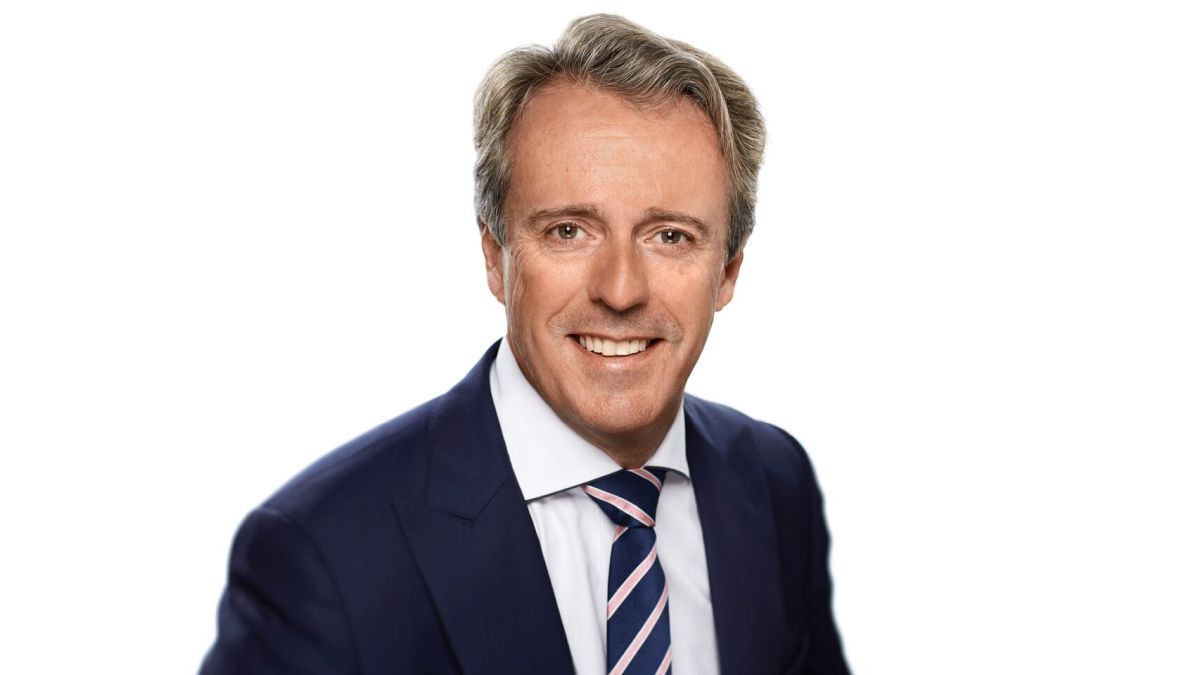Cruise industry experts discussed the impact of Covid on design and being future-ready at Seatrade Cruise Global
Covid-19 has influenced the design of cruise ships, while preparing ships for future fuels and technology is a major focus. These were some of the conclusions of Seatrade Cruise Global’s newbuilding outlook conference session.
Ulstein commercial director Lars Skoge told delegates about the impact of Covid, “Covid came as a shock and we managed to deliver on time, we managed as we had good co-operation with suppliers. Covid also gave us a lesson as to how to make ships, to make spaces on board so people have privacy – they want to have the experience, but not be exposed to people too closely. We will have that in mind when next designing a ship.”
While MSC Cruises vice president newbuildings Trevor Young said, “When it comes to designing ships, we learned a lot and improved on what we are doing. We have been designing with safety in mind with norovirus, but we now have to take that to the next level and enhance it.
“When the pandemic started… on the newbulding side, I said the contracts are in place, the finance is in place, we just keep going. From one day to the next, we went home, all of a sudden, a week later we were experts on Teams, and we did it. The shipyards, building in France and Italy, closed for production for 2 to 2.5 months, but the design went on, we all worked from home, and the shipyards did the same as us, so did external designers and architects.”
Mr Young said the ships were ready in time. He sums up, “A lot of lessons were learned but we came out of it pretty well and are ready to get started again.”
Mr Vasaiely highlighted how data was needed for future fuel selection, “We have collective data to make ships smart so you can figure what will work well for future.”
Mr Young summed up the ambitions of cruise operators when it comes to future fuels, “We all want to get there and want to get there now.”
On the subject of sustainability, Wärtsilä Voyages vice president customer success Parham Antonio Vasaiely said, “Consumers are expecting products and services to be sustainable… we as a partner and supplier take into consideration not just developing the technology to address sustainability issues, but we need to also make sure customers know what to do with KPIs, dashboards and voyage planning tools, and there needs to be crew training.”
Looking ahead to future fuels, Mr Young observed, “LNG is a step in the right direction although not the solution, but now the world is developing hydrogen and fuel cells. There are lots of things people are working on, but we have to have green fuels, where are they coming from? Can we get them everywhere?”
He singled out the example of cold ironing. “We all want it, but the ports don’t have it, and they need their grids to supply electricity so it is a big challenge for everyone. But we are extremely hungry and very impatient, and we want it now. We know our customers demand it.”
Looking at how to future-proof vessels, he pointed out the challenge: when an operator signs a contract for a ship today, they will get the ship in four or five years, so they need to think about what is going to happen in four to five years.
“This is something we are all looking at, to me a combination, it’s the only way we can do this today… we are designing ships now where we are leaving space for what might happen in the future. Battery technology at the moment is not so good, but it will be far better in five years, maybe then the space we leave is a viable alternative, so in port or fjords we can use batteries.”
Mr Skoge highlighted how green methanol was a viable option for cruise ships. Explaining the industry needs to look at what it can do today, he said, “Green methanol can be something for the vessels that we are looking at, it only needs 50% larger fuel storage capacity on board compared with hydrogen which takes eight times as much fixed storage capacity. Green methanol can be used today.”






